THREATS TO WILDLIFE
Feral & Domestic Cats
Cats are just one threat to Australian wildlife. However, they are the most efficient and widespread killers of native fauna. Cats alone kill an estimated 2 billion animals in Australia every year. It’s understood that cats are primarily responsible for the extinction of at least 20 species of mammals. They roam the streets in our cities and suburbs and are known to inhabit every national park in every state across Australia.
A high number of possums and birds that come into care are as a result of injuries caused by the most loved family cat. Cats are a beloved pet across Australia, in fact one third of Australian households own a pet cat. But whilst these pet cats can be much loved and valued members of the family, it is crucial that we understand and accept the devastating impact roaming cats are having on Australia’s native fauna. As wildlife rescuers and rehabilitators, we come face to face with it on a daily basis.
Cats use hollows to rest in, also using trees as a resting place, otherwise inhabited by birds, possums and gliders. Once a cat has found a bird or possum nest it will continue to go back and kill or injure wildlife that live within that nest.
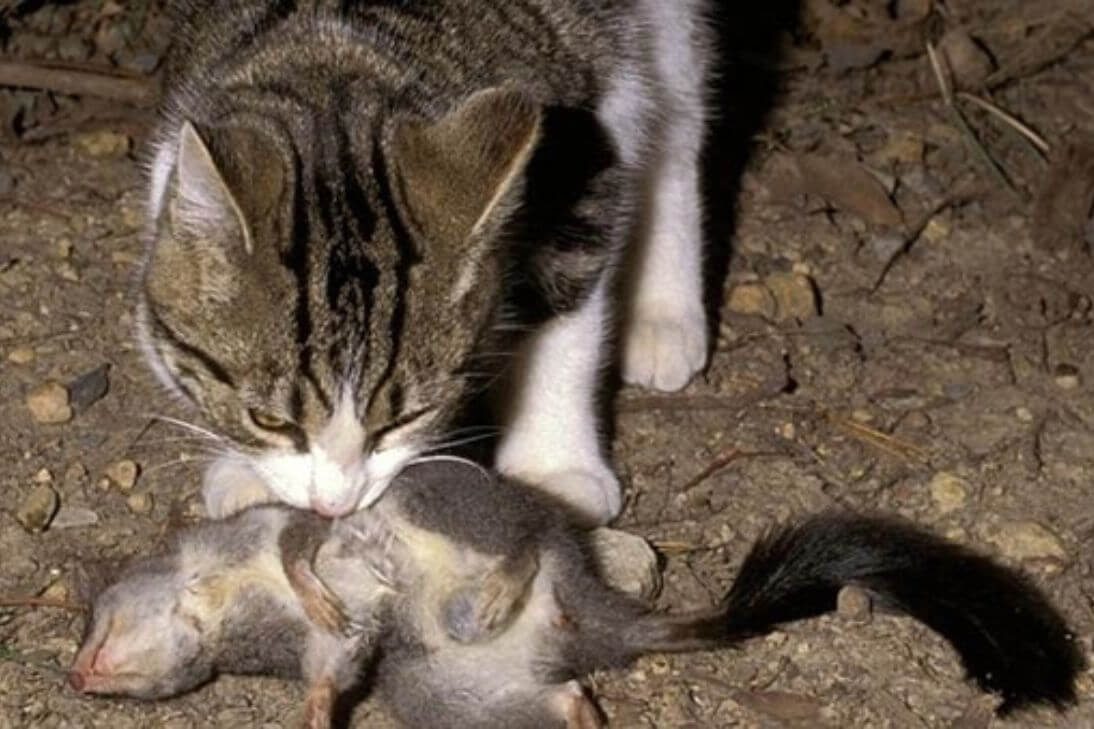
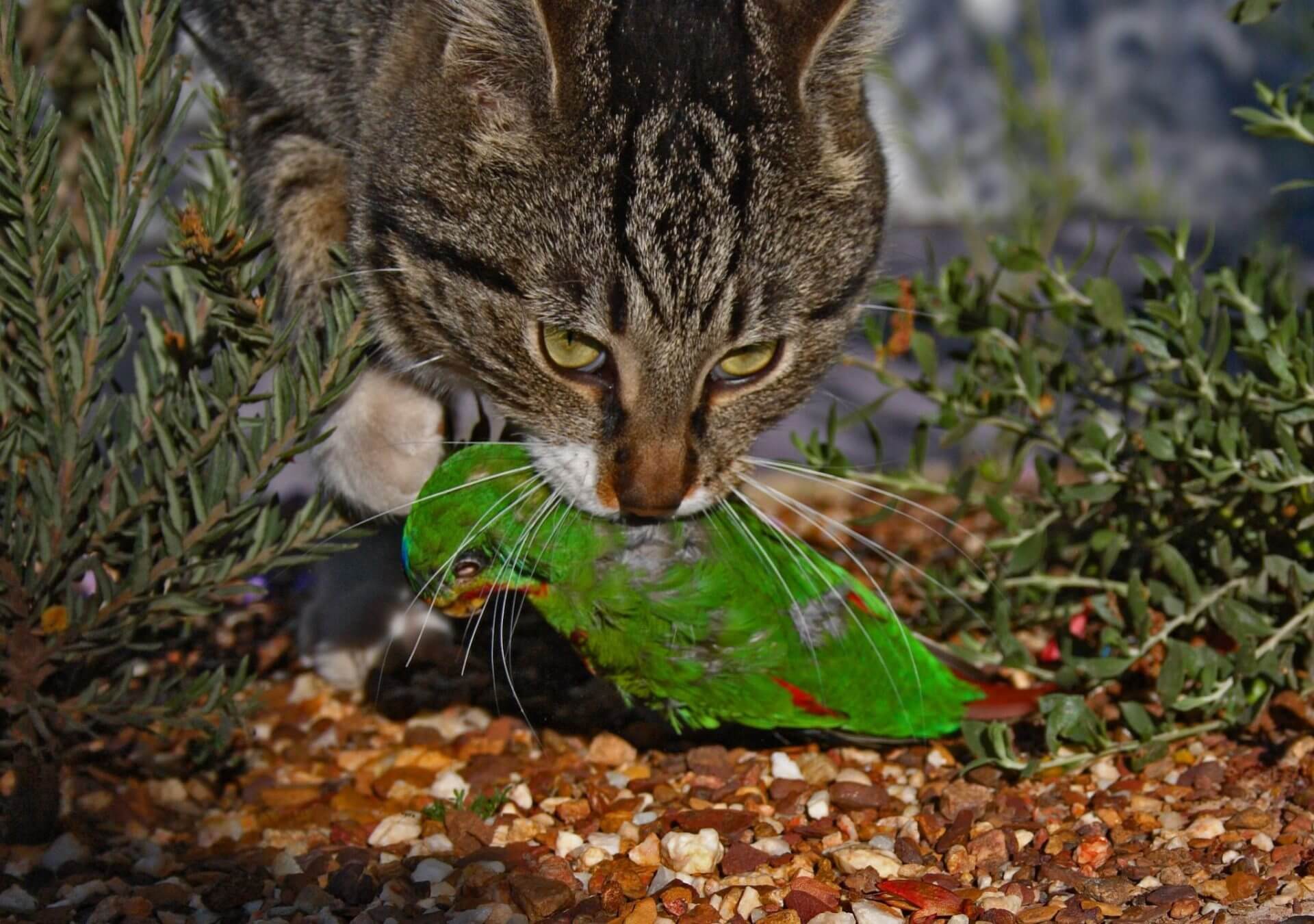
Feral Cats
Feral cats can be cats that were previously domestic cats, either dumped, discarded or lost as well as cats that have been bred in the wild by other feral cats. Its estimated that there are between 2 million and 6 million feral cats in Australia. This number fluctuates from year to year depending on rainfall conditions across Australia. Feral cats are highly adaptable to different environments and now live in every habitat in Australia from the wettest rainforests through to the hottest deserts. They are very fast, agile and good climbers, making them effective hunters.
Domestic Cats
There is over 5 million pet cats in Australia. 4 out of 5 cats allowed outside will hunt and kill an average of 2-3 animals per week. Most cat owners won’t know how far their cats are roaming or the impact they are having as cats usually kill when out roaming and they don’t usually bring their kill back to their owner. The most well fed, docile cat will prey on and kill wildlife, acting on its natural instincts to hunt and kill.
But also what many people don’t know is that a cat bite will release bacteria that acts as a poison in a possums bloodstream. Within around 8 hours, the possum starts experiencing paralysis and if left untreated will inevitably die. Cat owners often don’t know their cat has caused the death as its often very difficult to see a bite mark.
Wildlife most at-risk
Cats have an ambush mode of hunting unlike that of native predators which makes smaller fauna particularly susceptible to them. They’re not picky when it comes to prey as they’ll attack anything they can get. The wildlife most at-risk from cats include native birds, ringtail possums, feathertail gliders, sugar gliders, squirrel gliders, lizards, bandicoots, antechinuses, phascogales and native rodents.
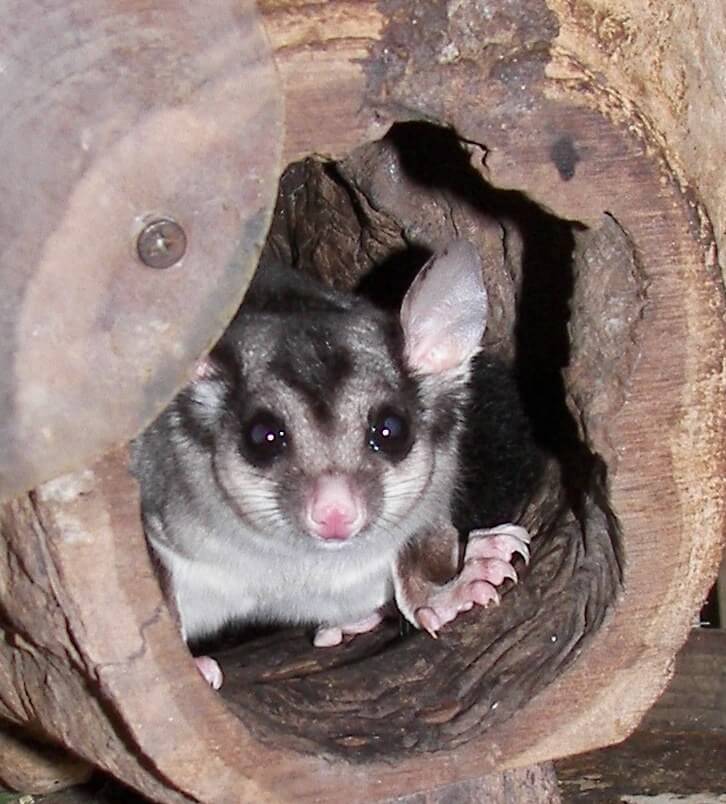
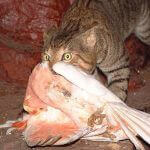
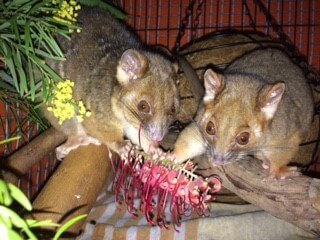
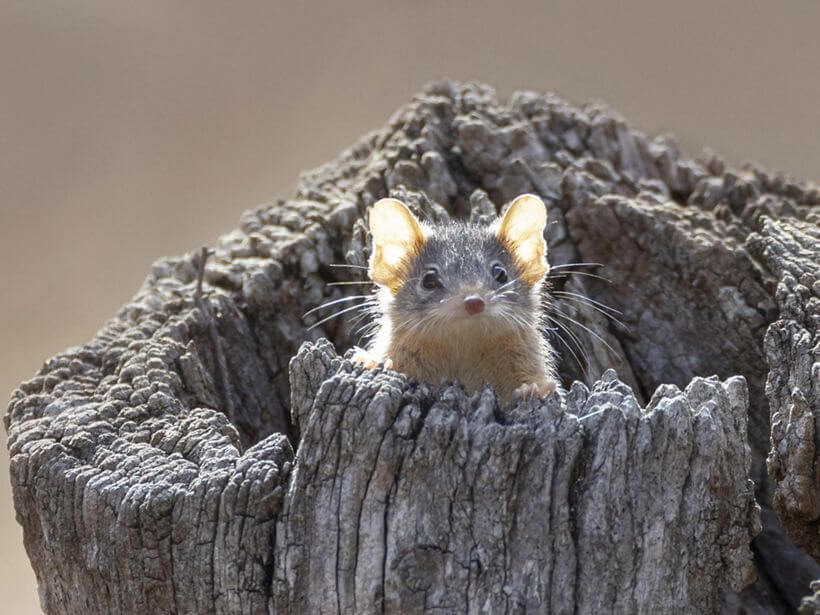
Responsible cat ownership
Keeping cats inside isn’t just for the protection of native animals. It prevents them from getting lost, hurt and or catching and spreading potential diseases. Cats can live very happily indoors, especially if you provide them with enough space, enrichments and stimulation.
- Keep your cats inside at all times. There are plenty of ways you can set up a contained space in your home.
- Install a fully enclosed cat run. Ideally, cats would be kept indoors but if this is not possible, you can look into outdoor cat runs, or place roller bars on your fences so cats can’t leave your property.
- Have cats desexed. Desexing your cats means there won’t be the opportunity for any unwanted offspring.
- Don’t feed stray cats. contact your local Council or your local Cat Protection Society to trap and take the cat into care.
If you can’t contain a cat then maybe you should consider whether a cat is the best pet for you.
Limited time curfews such as keeping cats indoors at night don’t really work as it just switches around what cats are preying on. During the day they’ll go after more reptiles and birds at night more gliders, possums and nocturnal birds.
More Information
ABC News Daily Podcast, The Plan to Lock Up Pet Cats, 6 September 2024
https://www.youtube.com/watch?v=T0EOkZ01-Ug
War on feral cats: report from the battlefield, 4 September 2024
https://minister.dcceew.gov.au/plibersek/media-releases/war-feral-cats-report-battlefield
Invasive Species Council of Australia, Ending Extinctions
https://invasives.org.au/our-work/ending-extinctions/#:~:text=Australia%20has%20lost%20about%20100,extinctions%20occurred%20since%20the%201960s.
